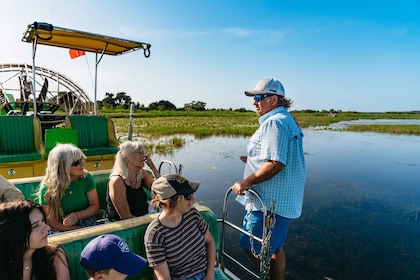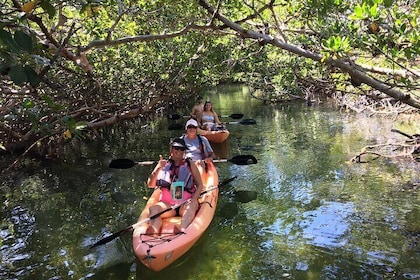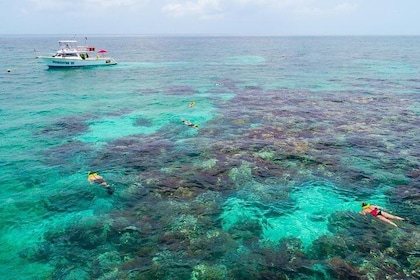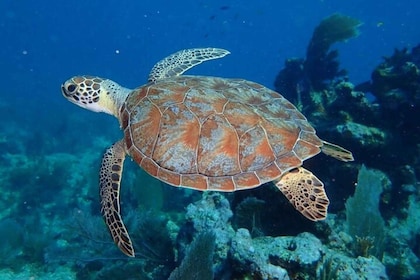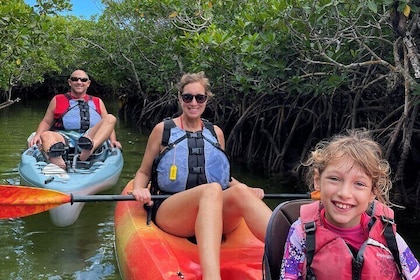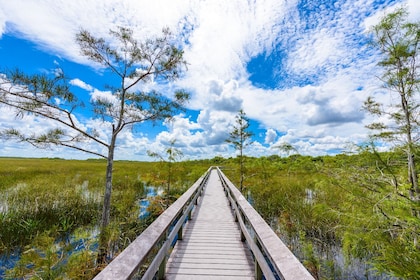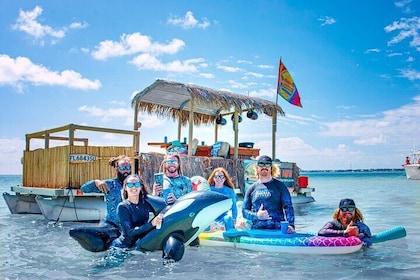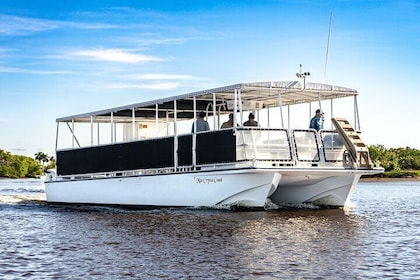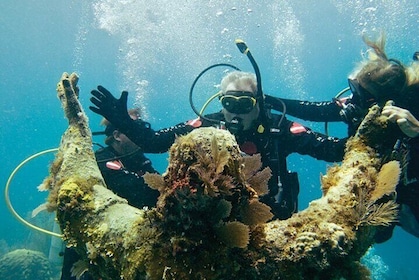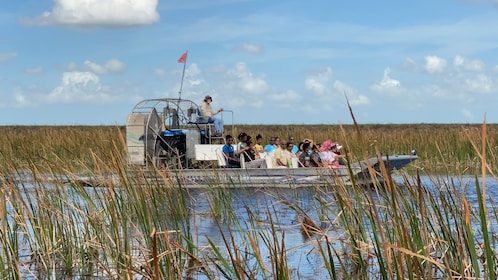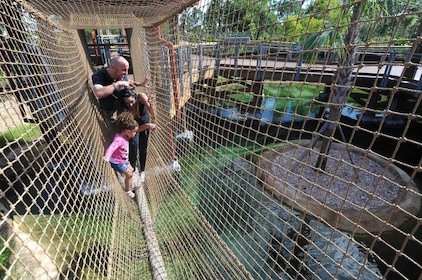Taman Negara Everglades





Kunjungi Taman Negara Everglades
Lawatan & kunjungan balik hari
Lihat semua 134 aktiviti
Premium ATV Tour in Miami-FREE Passenger-Ride Day or Night
Aktiviti Air
Lihat semua 61 aktiviti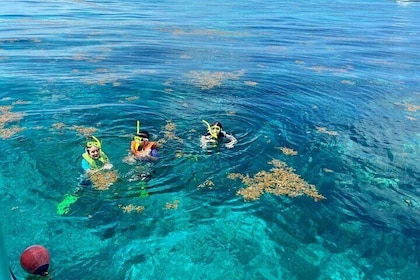
Half Day Snorkel Trip on Reefs in the Florida Keys
Lawatan Peribadi & Tersuai
Lihat semua 46 aktiviti
Miami: Romantic 1-Hour Private Flight Tour with Champagne
Sejarah & budaya
Lihat semua 16 aktiviti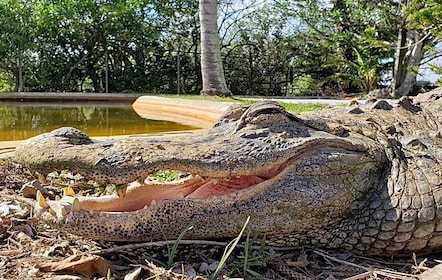
Miami: Original Everglades Airboat Tour & Alligator Exhibit
Tarikan
Lihat semua 6 aktiviti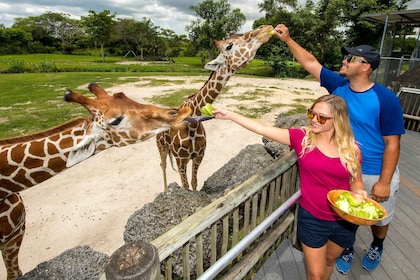
Zoo Miami: General Admission Ticket
Tempat popular untuk dilawati
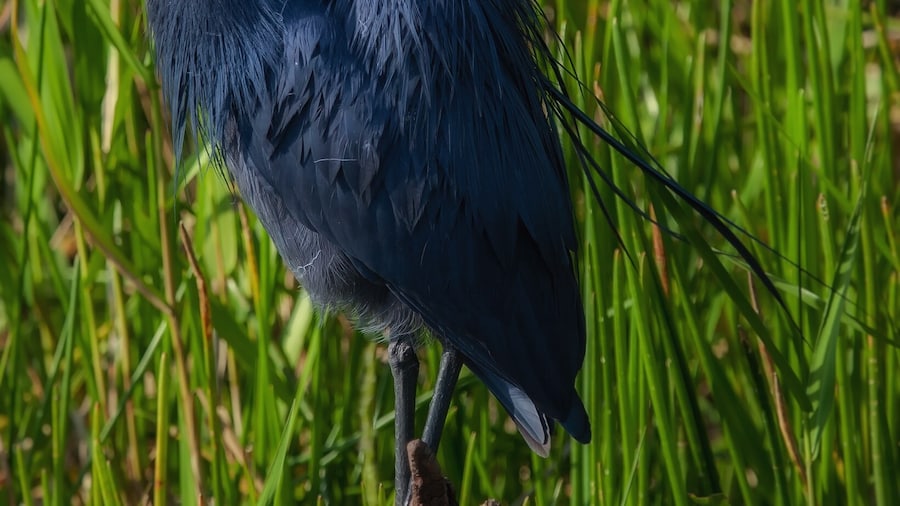
Tasik Barat
Hayati alam semula jadi dan nikmati kawasan luar yang luas di Tasik Barat ketika anda berkunjung ke Flamingo. Ketika berada di kawasan ini, anda boleh bersiar-siar di marina.
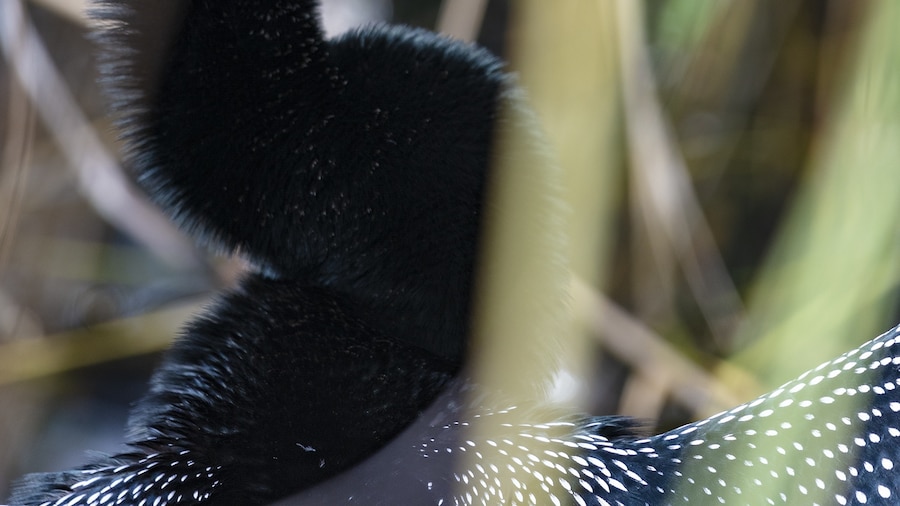
Eco Pond
Hayati alam semula jadi dan nikmati kawasan luar yang luas di Eco Pond ketika anda berkunjung ke Flamingo. Ketika berada di kawasan ini, anda boleh bersiar-siar di marina.

Pusat Pelawat Ernest F. Coe
Terokai kawasan luar yang luas di Pusat Pelawat Ernest F. Coe, kawasan hijau yang indah di Homestead. Ketiba berada di kawasan mesra keluarga ini, anda boleh menikmati pelbagai pilihan tempat makan.
Mahogany Hammock
Anda boleh meluangkan masa untuk melawat Mahogany Hammock ketika anda berkunjung ke Flamingo. Ketika berada di kawasan ini, anda boleh bersiar-siar di sekitar persekitaran semula jadi.
Snake Bight
Hayati alam semula jadi dan nikmati kawasan luar yang luas di Snake Bight ketika anda berkunjung ke Flamingo. Ketika berada di kawasan ini, anda boleh bersiar-siar di sekitar persekitaran semula jadi.
Pa-hay-okee Trail
Anda boleh meluangkan masa untuk melawat Pa-hay-okee Trail ketika anda berkunjung ke Flamingo. Ketika berada di kawasan ini, anda boleh bersiar-siar di sekitar persekitaran semula jadi.


